School district receives cost analysis for high school improvements
By Travis Fischer, tkfischer@charlescitypress.com
The numbers are in for what the Charles City Community School District may be seeking approval for in a bonding vote this November to renovate the high school.
During a meeting with the High School Improvement Committee on Monday, June 9, FEH Design Vice President Matthew Basye presented a cost analysis for two potential broad options to consider.
Option 1, the less costly of the two, renovates as much of the existing building as possible without delving into new construction. The plan is very similar to the high school improvements proposed in the failed bond measure project two years ago.
Option 2, on the other end of the spectrum, involves a much more extensive project that includes new construction in addition to general building improvements in order to address the school’s space needs as identified through meetings with the high school staff.
Both options also allow for the possibility of an additional Phase 2 project, which would facilitate the construction of a new school auditorium.
In addition, FEH also put together plans to renovate the district’s remaining portion of the North Grand property, the former middle school.
Emphasizing that his figures were “cost opinions” based on the presumed cost per square foot of renovations and new construction, rather than fully fleshed out “cost estimates,” Basye presented the committee with his expectation of costs for the various options.
For the less expensive Option 1, the cost would be an estimated $22.9 million, with the potential Phase 2 adding an additional $20.3 million.
For Option 2, the base project would cost an estimated $34.2 million, with the potential Phase 2 adding an additional $16.9 million.
The North Grand plans, which would be the most variable, would come in at about $3 million.
Demonstrating how much prices have risen since 2023, the amount the district would need to bond for even the lower of the two options is still substantially higher than the $28.5 million project including an auditorium that failed to garner the needed support in the last bond measure.
That measure in the November 2023 general election received support of only 42.4% of the voters.
Basye identified potential areas of the project that could be trimmed in order to make the proposal more palatable to voters.
“There is some work in these options that is less completely dedicated to the students,” said Basye. “We did identify some options that could cut that cost down.”
A major cost-saving could be found in cutting plans to reorganize the athletic wing, leaving the gymnasium, weight room, wrestling room, and locker rooms more or less as they are, which would bring down the project by nearly $3 million.
Several hundreds of thousands more could potentially be saved by not installing things like new bleachers, an elevator and enclosed hallway, a greenhouse, or new exterior doors and windows, leaving those items to be done as smaller individual projects.
“You could do that on your own over time,” said Basye.
In total, taking out all of the identified reductions brings the cost estimates for the first phase of Option 1 and Option 2 down to $18 million and $27 million respectively.
While the two plans each offer areas of flexibility in the work that could be done, a substantial portion of the cost is dedicated to mandatory building improvements. For either project, roughly $12-13 million will be needed to address just building code deficiencies and ADA compliance.
Overall, Basye recommended that the committee and school district move forward with Option 2.
“Really, we know that Option 1 is not viable,” said Basye. “It does not address a lot of the concerns that were brought up.”
And while the lack of new construction in Option 1 does help keep the price down as an option, it also creates a costly scheduling challenge as the project would have to work around the school’s classroom needs.
“Option 1 is definitely the most difficult, logistically,” said Basye. “We have to have some space to put people while this is being done.”
The committee agreed that Option 2 is the better of the two choices and began discussions on how it should be sold to the voters.
As was the case last time around, the issue of whether or not to package the high school improvements with the construction of an auditorium was considered. A bond measure question could be written to allow voters to approve one or both phases of the project.
Alternatively, Phase 2 could be left out of the bond measure entirely, leaving the district to return to it down the line as either a second bond measure or funded through a different mechanism.
Emphasizing the importance of getting a successful vote this year, another consideration discussed was the state Legislature and the potential for tax reforms to limit the school’s ability to bond, which could complicate the district’s plans.
In addition, next year will be a gubernatorial election, which Superintendent Dr. Brian Burnight noted is historically disadvantageous for passing bonds for school issues.
Ultimately, the committee signified its approval for Option 2 as the best path moving forward to bring the high school into the 21st Century.
“We need to do what’s right for our kids,” said committee member Ralph Smith. “It’s our legacy. It’s our turn to provide for the next group.”
Shortly after the committee meeting, these sentiments were stated to the full school board, which met immediately after to receive largely the same presentation from FEH.
“It’s going to provide the best opportunity for our students and our staff,” said committee member Chuck Staudt. “Not for 10 years, but for 40 or 50 years.”
With the clock ticking on how to proceed, the school board will consider the options presented and make its decision at its next meeting on Monday, June 30.
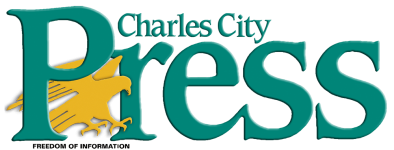

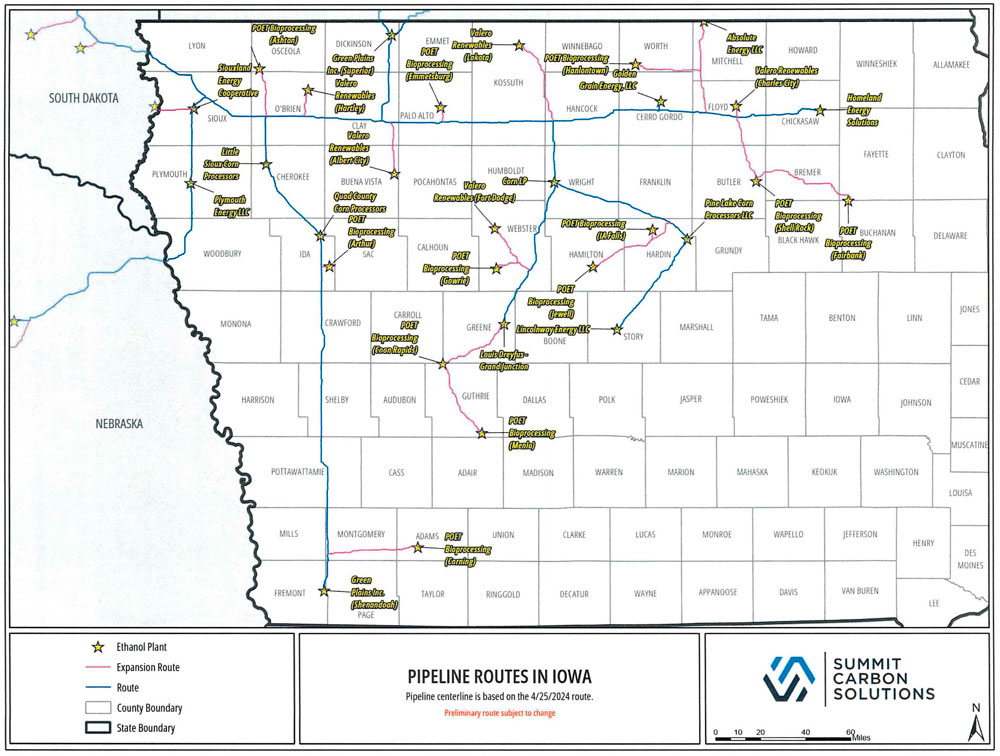
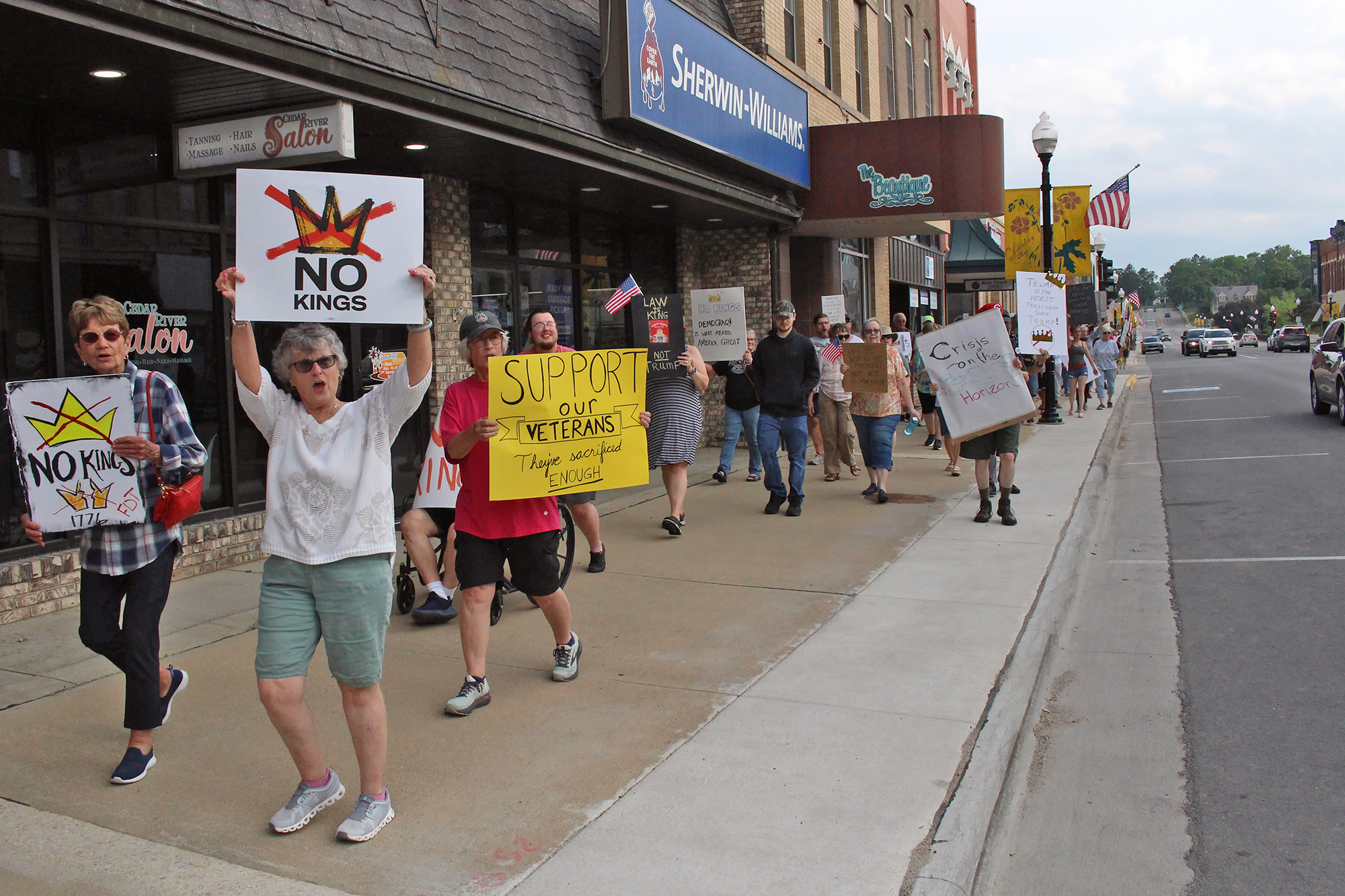
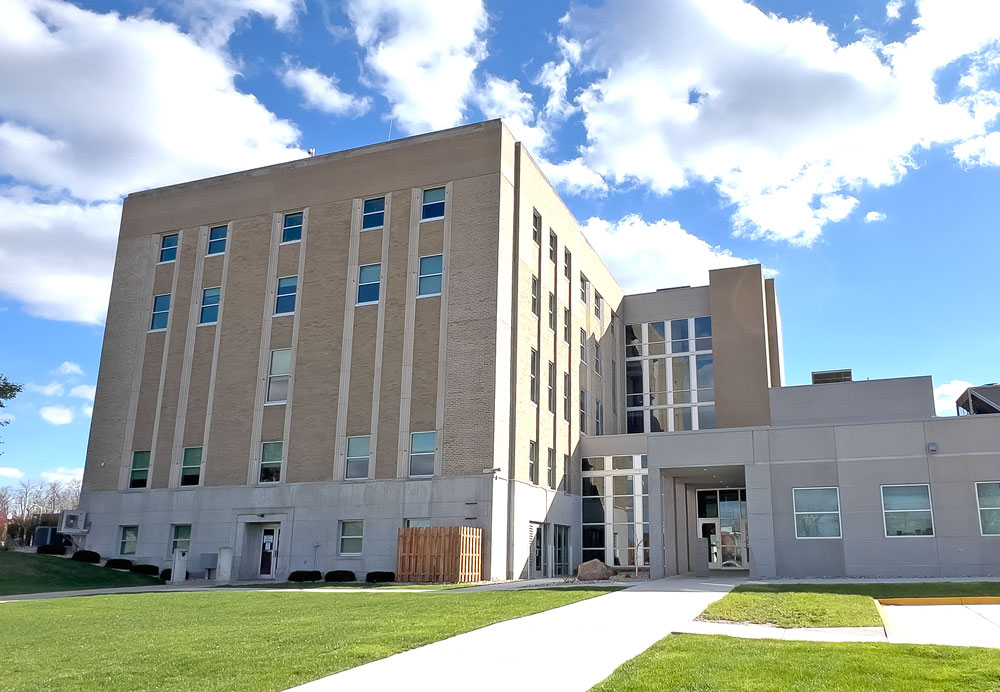
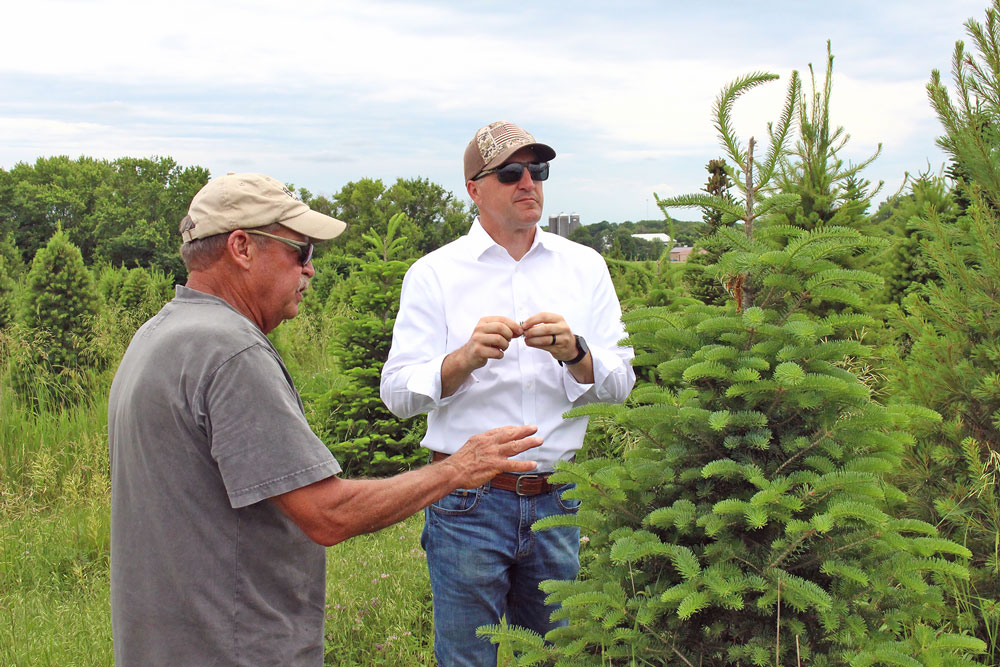
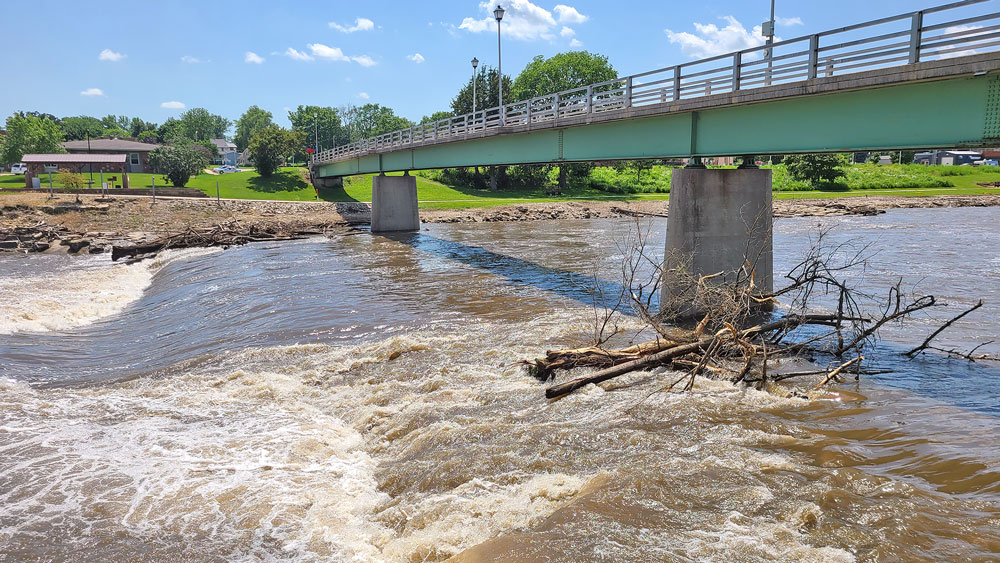


Social Share